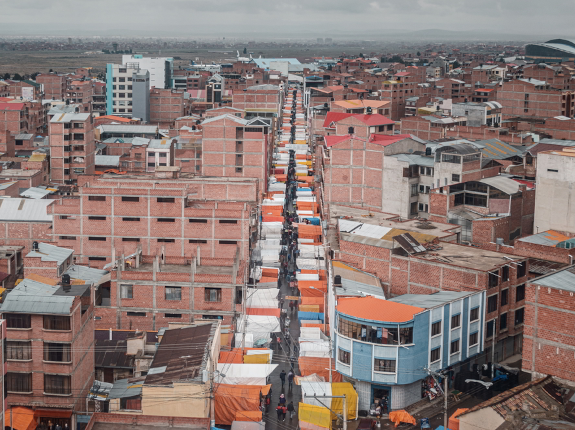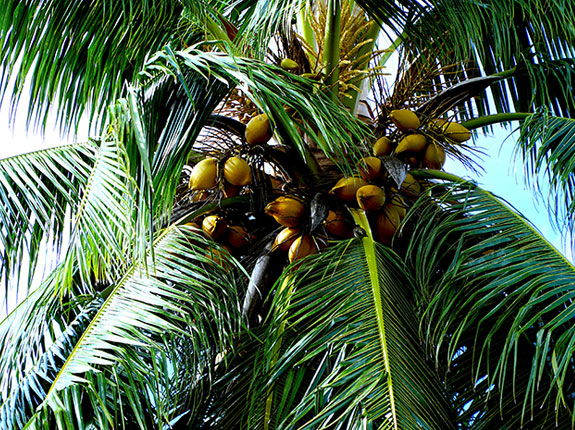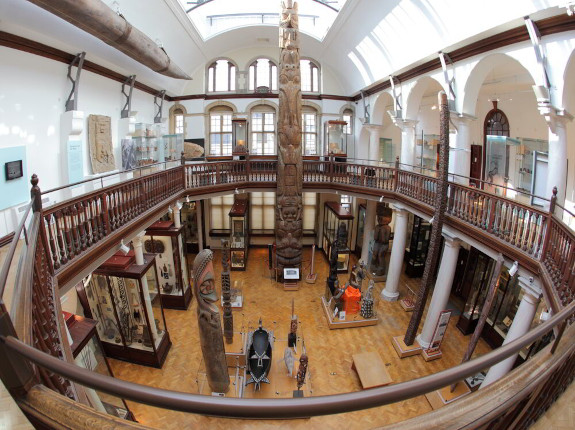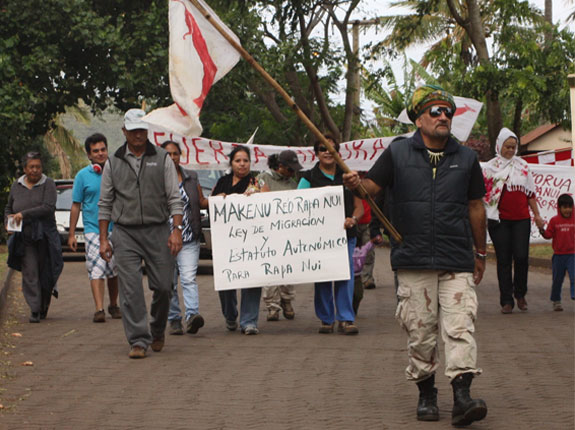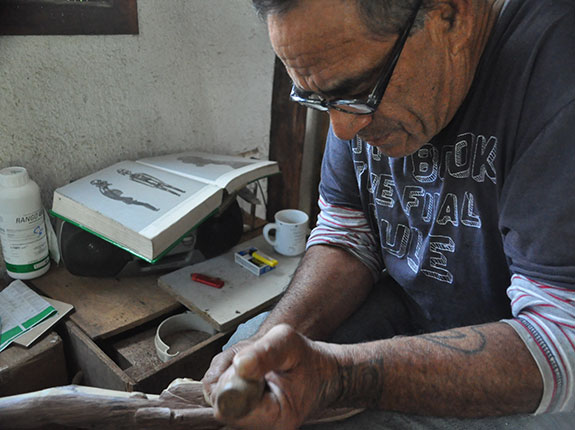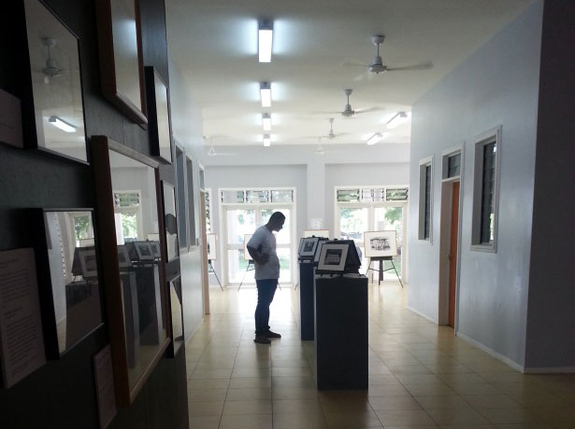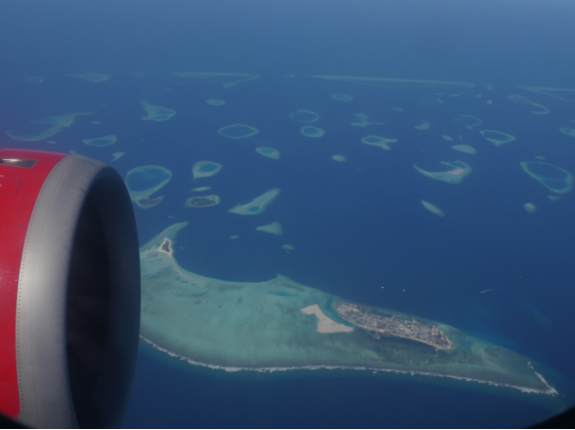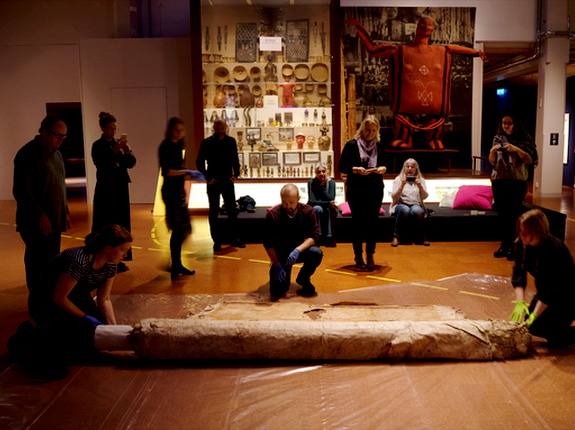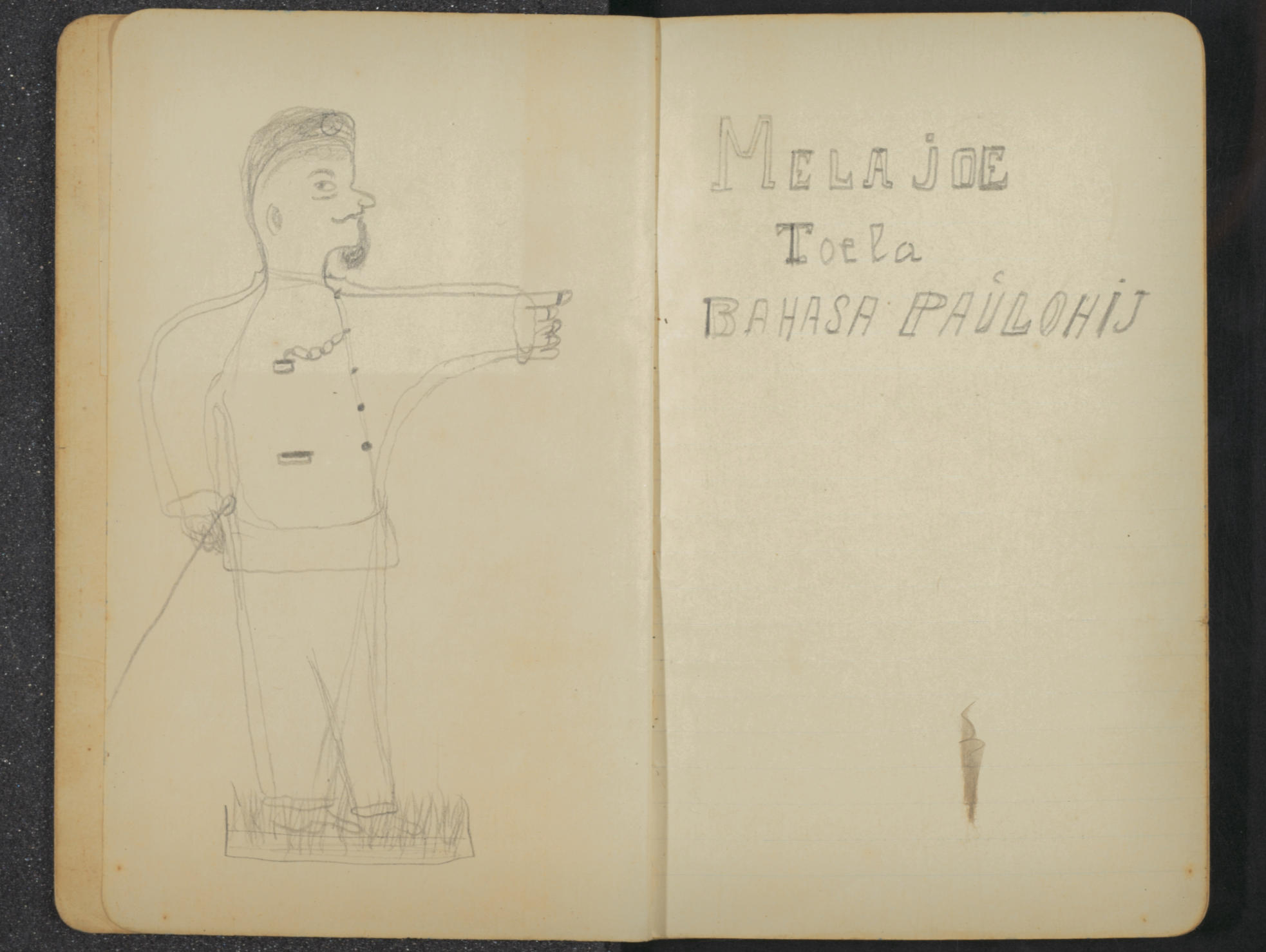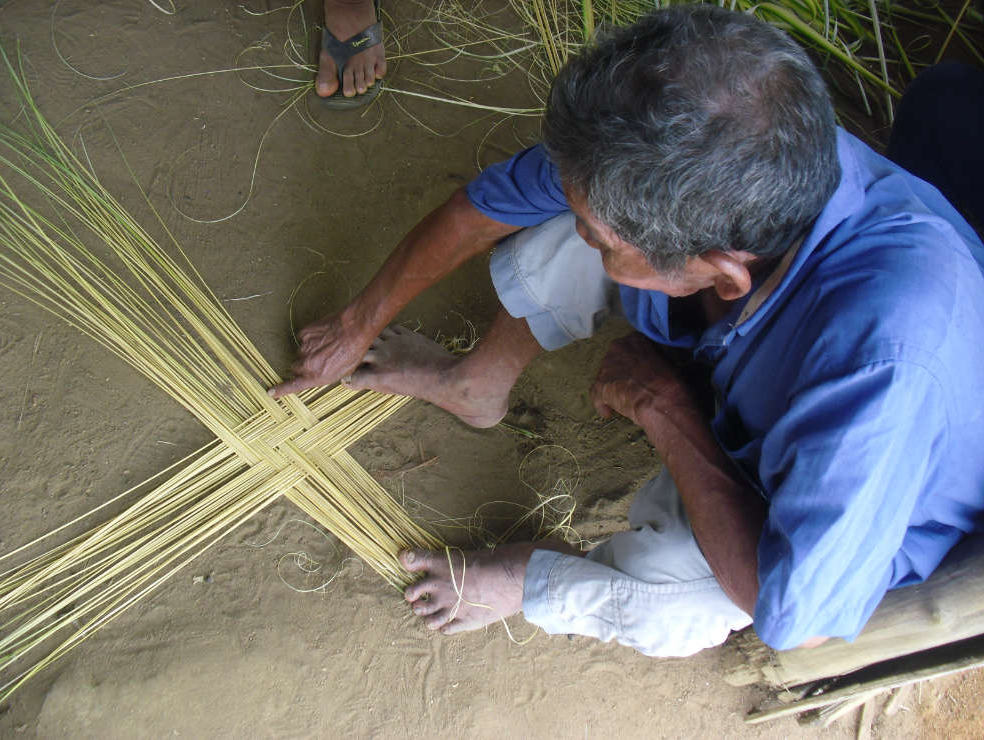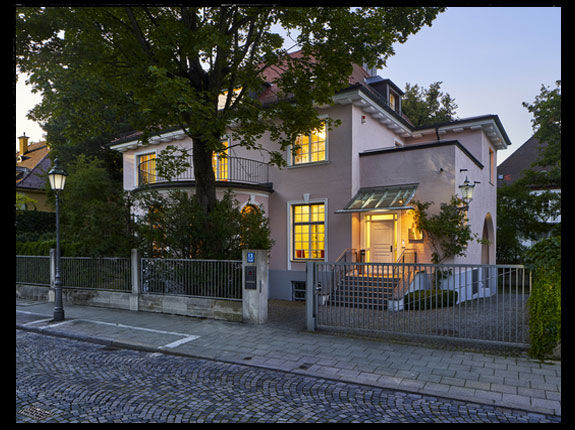Core projects
Suma Qamaña is an Aymara concept that precedes and gives rise to "Vivir Bien", a category widely used as a philosophical contribution of Indigenous peoples in Latin America.
The coconut palm: A tree of life?
This series of short films explores the multi-faceted nature of niu: from its origins to its many different kinds of uses and abuses in the present and into the future. The intention is to shed light on a tree that is referred to by many island people as the “tree of life”.
Museums have begun to come to terms with their contested histories. Colonial-era collections have attracted increased scrutiny, raising questions about care, custodianship and curatorial ethics.
This project analyzes the transformations and entanglements of conceptualizations and practices of Indigenous sovereignty, native governmental institutions, and the negotiations of both in a multilayered decolonizing process.
Since Europeans registered Rapa Nui in their navigation charts under the name of Easter Island, it has become a place of scientific investigation and ethnographic collecting. During the 19th century, this island also turned into a place of economic exploitation: Many inhabitants were deported to Peru as slave laborers.
The arrival of the first Western visitors on Easter Island, as today’s Rapa Nui was named in the 18th century, coincided with a time of crisis and scarcity. Obtaining objects brought along by navigators seems to have been more important than the value of objects given in exchange.
Contemporary Sāmoa is an anomaly in the sense that it is separated into the independent state of Sāmoa and the unincorporated U.S. territory of American Sāmoa. At first sight, then, there exists two Sāmoas. Yet, both political entities have grown out of and continue to be organized through the relations between multiple islands...
Island gigantism is understood as a biological process through which the size of an animal species isolated on an island increases drastically in comparison to its mainland relatives. Insular dwarfism is the opposite process of large animals evolving a decreased body size when their population is limited to a small environment...
Affiliated projects
Beyond the nature/culture divide
Given the dramatic impact of human action on the environment, it has been widely recognised that humanity needs to reimagine its environmental relations. Yet, the deeply entrenched separation of concepts of ‘culture’ and ‘nature’ in Western thought and museums forms a major impediment.
Markus Mailopu and the "II. Freiburg Moluccan Expedition"
This project addresses the complexity of ethnographic knowledge production and the connected histories of ‘anthropology’s interlocutors.’
In recent years, ethnographic museums have been engulfed in a controversial debate about the colonial provenance of their collections. This debate tends to systematically universalize specific regimes of value, particularly capitalist property and cultural heritage. We believe, however, that conceptions of how things are valued must be pluralized in a double sense.
The idea that a "well-designed" order is embedded in the cosmos is widespread across many cultural regions and epochs. This CAS research focus engages with various cosmologies from the perspective of philosophy, theology, ethnology and (astro)physics, to analyze and compare them with current research models.
Affiliated PhD projects
Collaborative conservation practice: Wishful thinking or viable method?
This PhD project will address conservation’s contributions to the opening up of museum practices to Indigenous approaches, and to the decolonization of museology in Germany and beyond.


